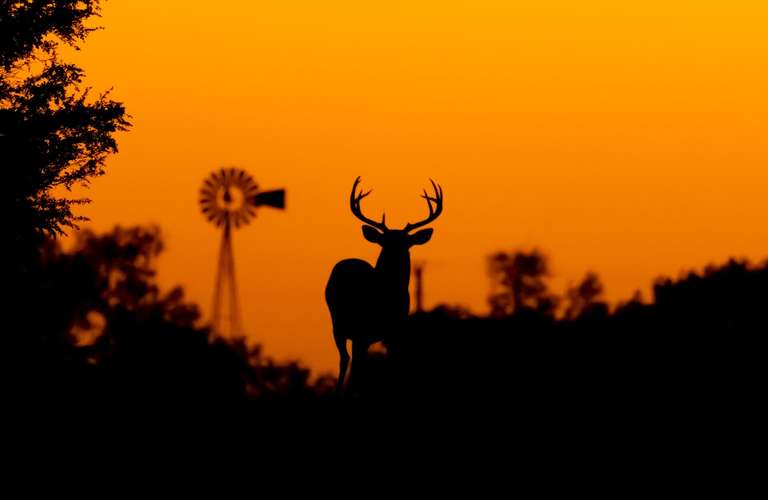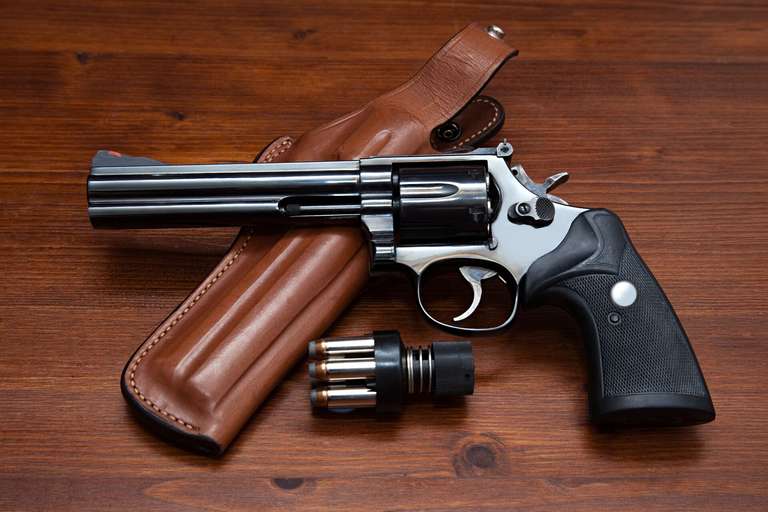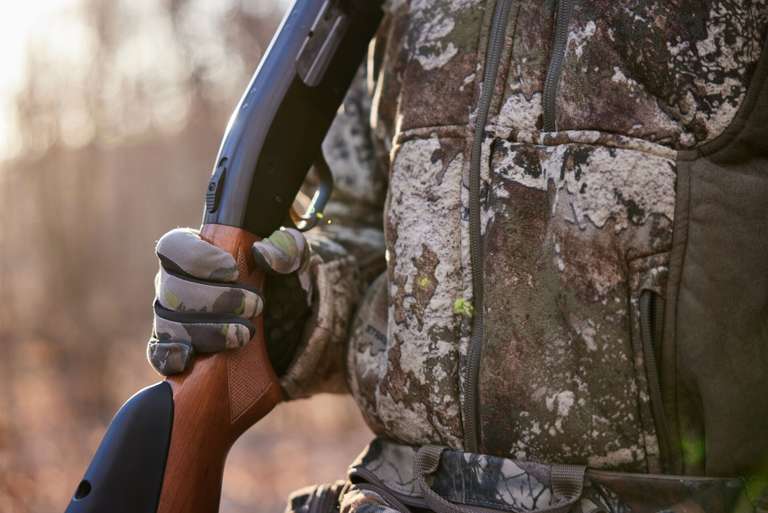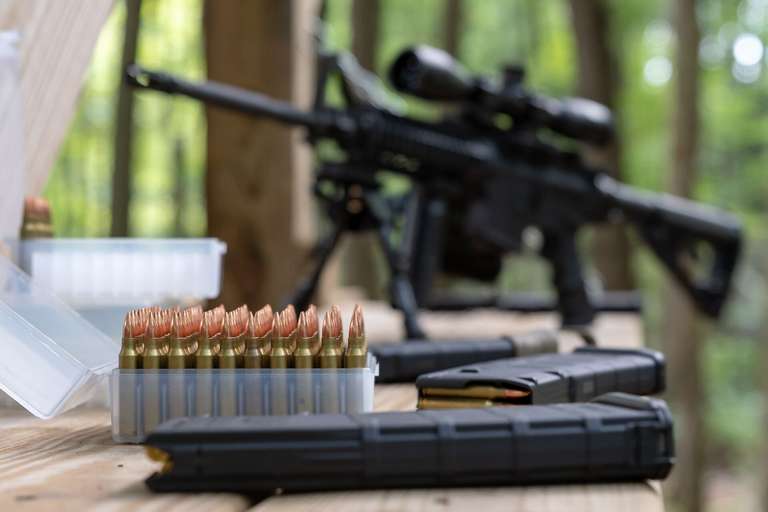Hunting Safety Checklist: 11 Items You Need in the Field
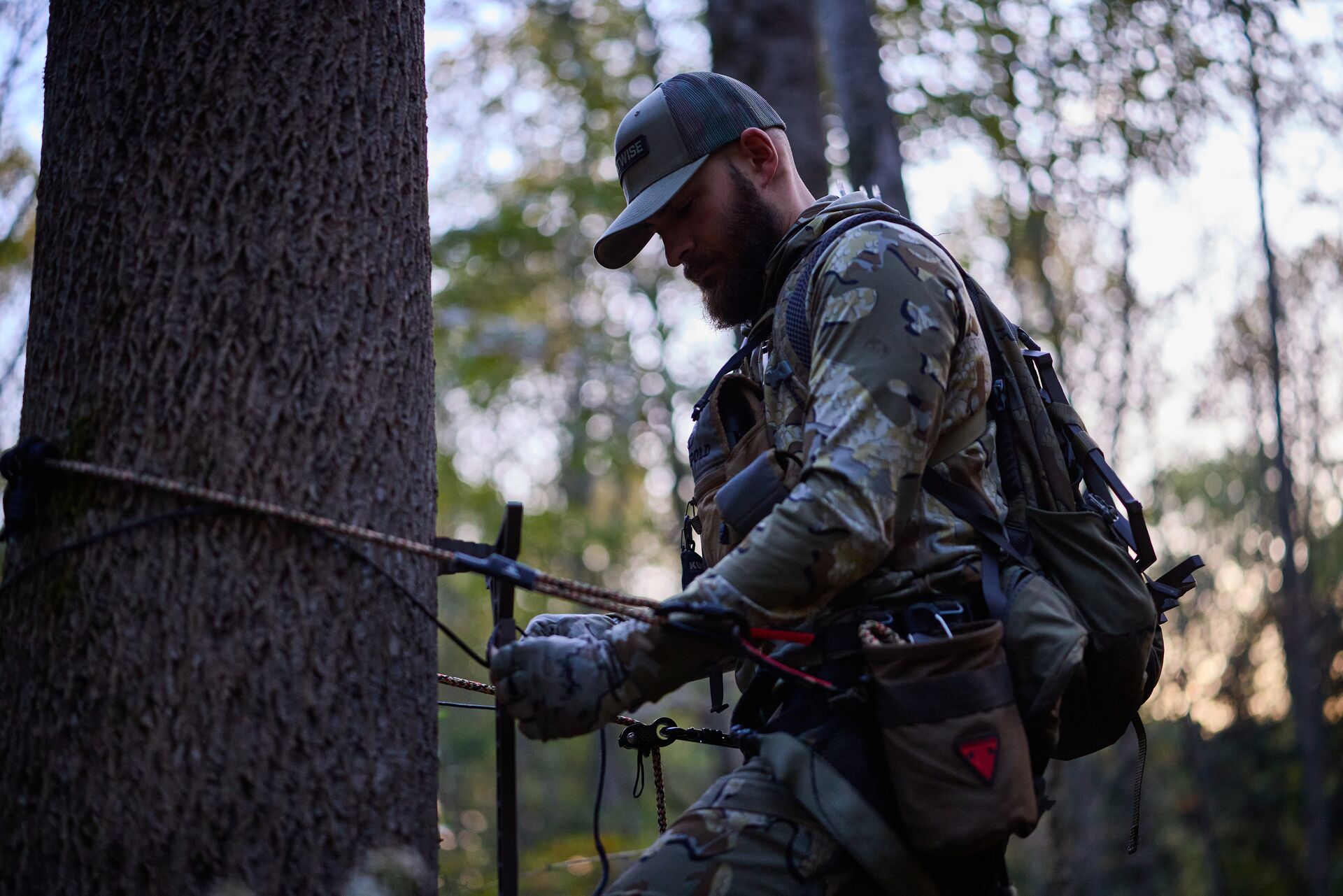
Before lacing up your boots and heading to the field, start each hunt with a hunting safety checklist. By making a list, you can help prepare for whatever the elements and Murphy's Law throw at you.
Whether you're chasing goats in the rugged mountains of Alaska or sitting in a duck blind in Missouri, following safe practices can help you enjoy each hunt and stay in the game for many seasons to come. Here's what you need to know.

Your Hunting Safety Checklist
Below are the top 10 hunting essentials that belong in your pack or dedicated safety bag every time you head into the field:
- Blaze orange or fluorescent pink outerwear, which makes you more visible against the landscape, allowing other hunters to see you at a distance.
- A properly fitted safety harness to minimize the risk of falls while using a tree stand or hunting from an elevated position.
- A first aid kit that is easily accessible and stocked with gauze, tape, bandages, a tourniquet, eye wash, and any necessary personal medications. Only include equipment you know how to use.
- A firearms case and trigger lock to securely and safely transport your firearm to and from the field.
- A whistle or signaling device, such as a mirror, strobe, or signal panel, to help others locate you.
- Navigation tools, such as a GPS app on your phone or a satellite device. Technology and batteries can fail, so be sure to have a paper map and a compass as backups.
- A headlamp or flashlight—or both—to help you safely move in the dark. Carry extra batteries and ensure that one light source has a red light to preserve your natural night vision.
- A phone or two-way radio to stay in touch or call for help. Keep your devices fully charged and consider carrying an external battery and charging cable.
- Water and fire-starting supplies to stay hydrated during your hunt and start a fire in any condition.
- A fixed-blade knife or multi-tool for general tasks, cutting cordage, creating kindling, or field dressing game.
Bonus item: Carry your hunter education card with your paper license and tag as proof of your safety training and to purchase an additional license (if required).

What's the Most Common Hunting Accident?

Other accidents frequently occur due to negligent and self-inflicted firearm discharges, mistaking other hunters for game animals, and falling in rough terrain.
You can prevent many of these hunting accidents by properly using safety gear, remaining alert, following standard firearm safety rules, and being extra diligent about footing in slippery conditions.
How Do You Practice Firearm Safety in the Field?
Always keep these fundamental safety rules in mind when handling firearms:

- Treat every firearm as if it were loaded.
- Only point the muzzle in a safe direction at all times.
- Keep your finger off the trigger until you have identified a proper target and are ready to shoot.
- Be sure of your target and what lies between you and it, as well as what lies beyond it.
- Unload firearms when riding in a vehicle, climbing, or crossing over and under fences.
- Use only the correct ammunition in your firearm.
- Do not consume alcohol or drugs before or during your hunt.
These common-sense safety rules are the foundation of a safe and responsible hunt. Practice them until they're second nature, and make certain your hunting partners share your commitment to safety.
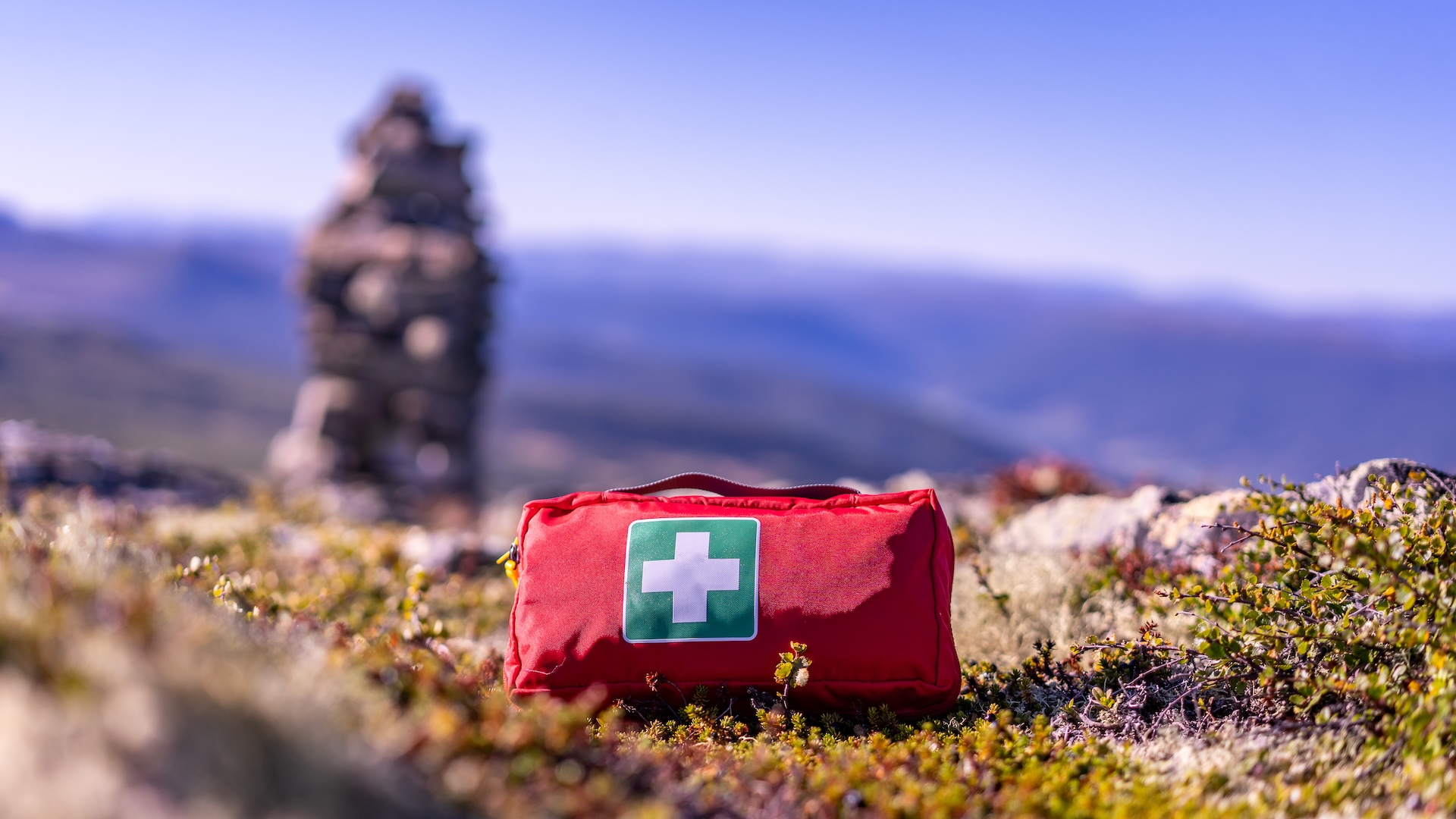
What Should Be in a Hunter's First Aid Kit?
I recommend having two first aid kits: one you carry with you at all times for minor medical emergencies and inconveniences, and a second, more robust kit in your vehicle.
Store your hunting first aid kit in a waterproof bag and include:
- Bandages of various sizes, sterile gauze (pads and rolls), and adhesive tape for bleeding and blisters
- Antiseptic wipes and antibiotic ointment to minimize infections
- Tweezers and scissors to remove splinters and cut away clothing
- Elastic wrap or a portable splint to stabilize joints or broken bones
- Pain relievers, such as ibuprofen and acetaminophen
- An emergency blanket for warmth and backup shelter
- Latex or nitrile gloves to provide a barrier against bodily fluids to protect you and the person you're treating
- A snakebite kit for warm-season hunts in snake-dense areas
- Burn cream and blister pads to treat burns and hot spots on your feet
- Personal medications for allergies, asthma, or any other medical conditions
Check the contents of your first aid kit at the beginning of the season to ensure it is complete and that nothing has expired.

How Does Hunter Education Help Hunters Stay Safe?
Along with carrying critical hunting safety gear, completing a hunter education course is an integral part of every hunter's safety preparations. Quality courses (like ilearntohunt) are about more than meeting the requirements to obtain a license—they teach vital life-saving skills.
These courses teach firearm safety, including the proper storage, transport, and handling of pistols, shotguns, and rifles. Hunter education courses also explain how to correctly identify wildlife (ensuring you shoot only legal animals), as well as ethics and conservation philosophies to foster respect for wildlife, private property owners, and our public lands.
Hunter education courses include basic first aid and essential survival skills, giving you the tools to keep inconveniences from becoming emergencies.
Deer hunters can learn to safely use tree stands, avoid falls, use harnesses effectively, and incorporate a FAS (Fall-Arrest System) while hunting from an elevated position.
A hunter education course will also enhance your decision-making abilities and awareness of your surroundings and the equipment you use. Unlike your hunting equipment, knowledge is something you always carry with you in the field: use it to stay calm, think clearly, and work efficiently.

Stay Safe this Hunting Season with a Hunter Safety Course
Hunting safety isn't just about following a set of rules. It's about establishing protocols that become habits and protecting yourself and others in the field. Creating a hunting safety checklist can help you properly prepare for each hunt and keep you accountable.
To start creating safer hunting environments today, make sure you've taken a hunter safety course (like the ones we offer here at ilearntohunt). Each online, state-specific course teaches local hunting regulations and requirements, as well as critical safety, first aid, wildlife behavior, tracking, and game preparation skills to prepare you for each hunt.
Plus, completing your course and passing the final exam helps you meet your state's requirements for hunter education before you can hunt!
As you work through your hunting safety checklist and prepare for your hunt, take the ilearntohunt hunter safety course for your state.
Frequently Asked Questions (FAQs)
We have answers to some of the most common questions about a hunting safety checklist and staying safe in the field.
Q: What safety equipment should every hunter carry?
A: The safety equipment every hunter should carry includes blaze orange clothing, a first aid kit, a whistle, a flashlight, a map or GPS, extra ammunition, and proper eye and ear protection.
Q: What’s the most common hunting accident?
A: The most common hunting accident is a fall from a tree stand.
Q: How do you practice firearm safety in the field?
A: Good firearm safety is crucial when hunting. Always keep the muzzle pointed in a safe direction, keep your finger off the trigger until ready to shoot, treat every gun as loaded, and be sure of your target and what’s beyond it.
Q: What should be in a hunter’s first aid kit?
A: A hunter's first aid kit should include bandages, antiseptic wipes, adhesive tape, pain relievers, tweezers, gloves, a tourniquet, and any personal medications.
As you prepare for a safe hunt, take the ilearntohunt hunter safety course for your state!

